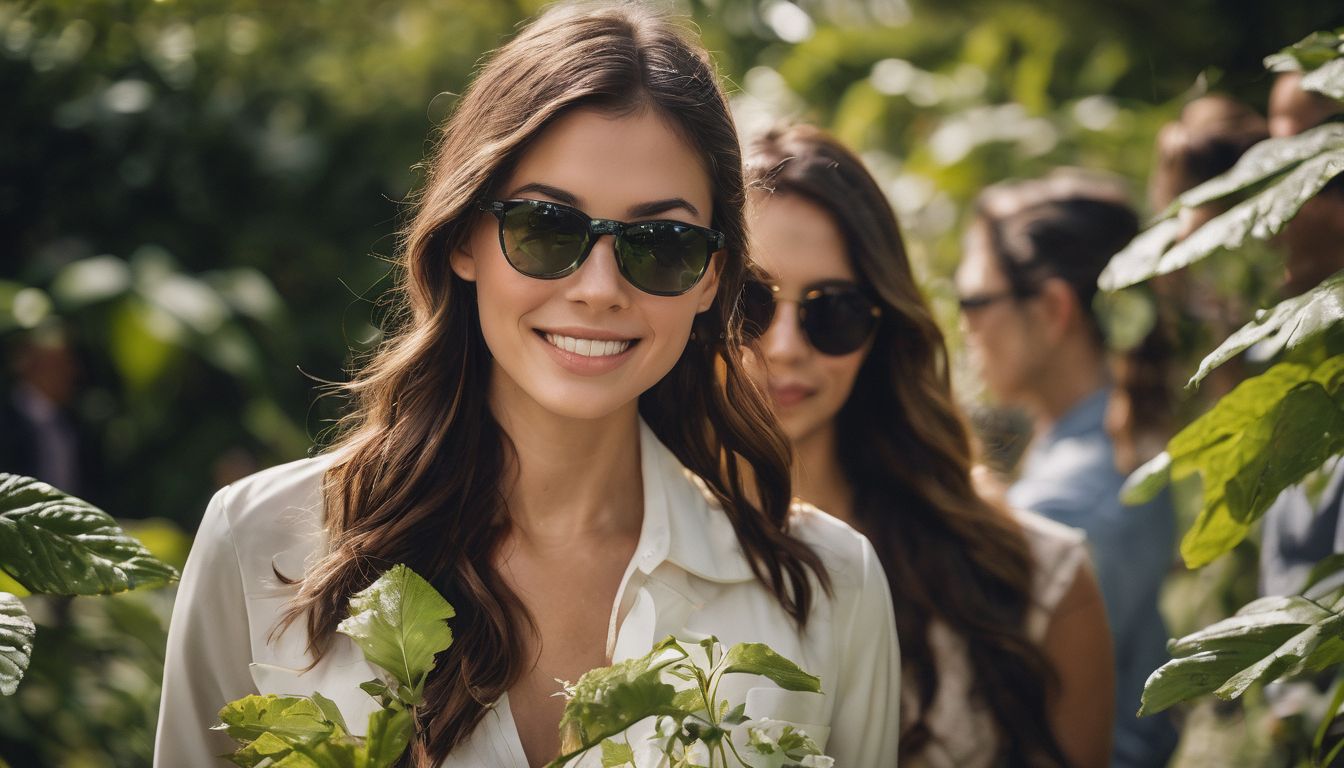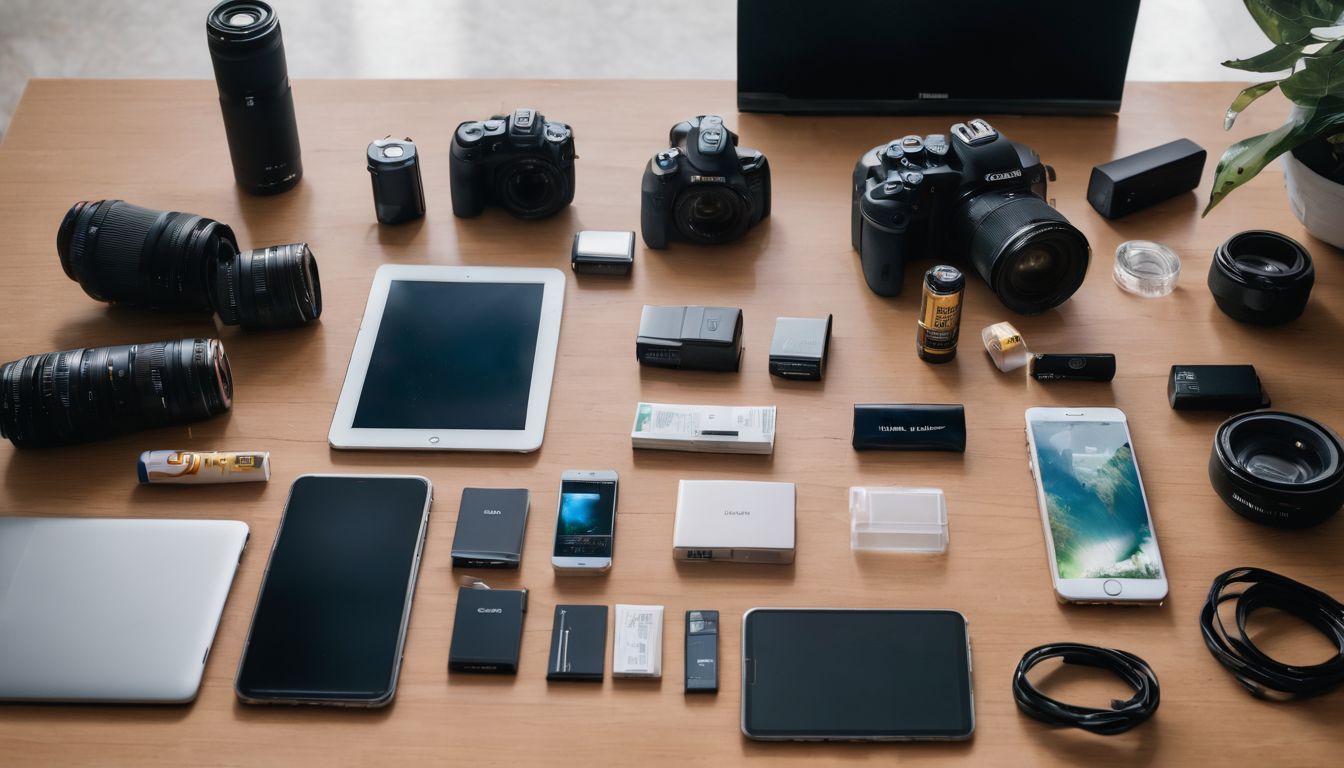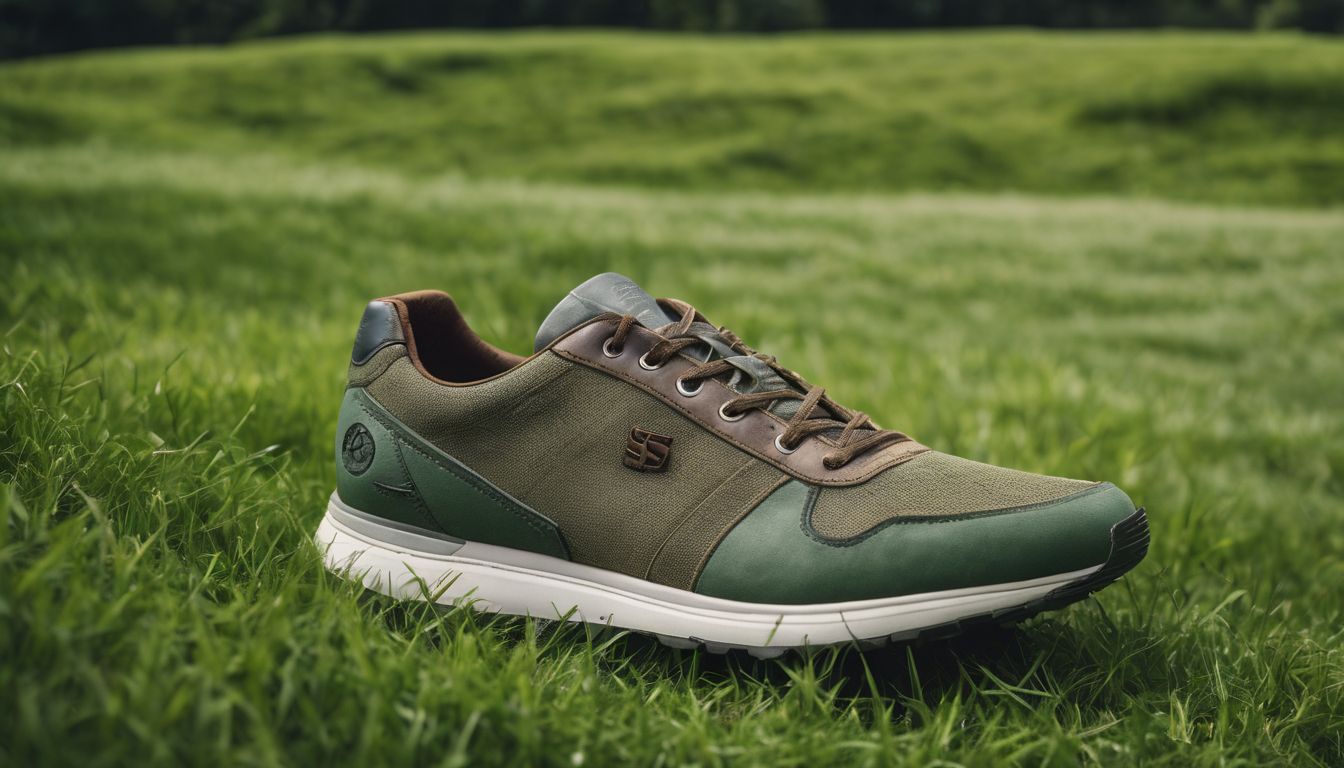Shampooing your hair every day can remove protective oils from your scalp, cause hair breakage, and strip your artificially dyed hair color.1 However, if you are in the habit of washing your hair every day, the transition to washing less often can be quite oily. Luckily, there is dry shampoo!
What is dry shampoo?
Dry shampoo is a powder that absorbs excess oil and dirt in your hair without using water.2 Today, some types come in an aerosol can, while others are just powder in a container. The first documentation of people using dry shampoo (specifically clay powder) was in the late 15th century in Asia. Dry shampoo became widely popular in the United States in the late 1960s when the model “Twiggy” was featured on a dry shampoo ad.3
BENEFITS FOR YOUR HEALTH:
There are many health benefits linked to using dry shampoo. First, it removes the greasy look from your hair without striping your scalp of necessary oils. Celebrity hairstylist Larry Sims states, “Dry shampoo is great for all hair types, including women of color, because it dries out the oils on your hair, not the oils in your scalp.”4 When hair is shampooed too often and the scalp is stripped of its oils, it will start to overcompensate and produce more oil, causing your hair to be even greasier. Dry shampoo will help slow down this vicious cycle.5
Second, by getting your hair wet less often, you won’t have to subject your hair to blow-drying all the time. Personally, I hate having wet hair during the winter and using dry shampoo helps me avoid having to blow-dry my hair every day, which dries out and damages my hair.6
It is important to note that if you have dandruff or a very dry scalp, dry shampoo will unfortunately only make those problems worse. Additionally, not all dry shampoos are created equal. Some brands contain aluminum, which is not ideal for the health of your hair. Make sure to read the labels and pick brands that don’t contain ingredients such as aluminum, parabens, artificial colors and fragrances, and sulphates.7
BENEFITS FOR THE ENVIRONMENT:
iiDry shampoo’s largest impact on the environment is the fact that some brands package the product in aerosol cans. U.S.-produced aerosol products have not contained ozone-depleting chemicals (chlorofluorocarbons) since the late 1970s. However, aerosol products that are presently produced or sold in the U.S. contain hydrocarbons and compressed gases (e.g. nitrous oxide) to act as the propellants. These chemicals still contribute to global warming. In addition, current aerosol products emit volatile organic compounds (VOCs), which contribute to ground-level ozone, smog, and raised asthma rates. Other consumer products that emit VOCs include nail polish, perfumes, mouthwashes, hair sprays, and stick deodorants.8 To make an environmentally conscious choice, do not buy dry shampoos that come in the form of aerosol sprays.
BENEFITS FOR ANIMALS:
Make sure to choose brands that are cruelty-free. Luckily, by making your own dry shampoo you can avoid this problem. For more information on animal testing, visit: Animals and Testing .
Cost: Low
While store-bought dry shampoos can be pretty expensive ($30 and higher for some of the luxury brands), homemade dry shampoo is economical and made from safer ingredients! While the initial cost might seem high, the ingredients will last you many months of dry shampoo.
Time and Effort: Low
Once you have the ingredients, mixing up the dry shampoo only takes about five minutes.
Dry Shampoo Ingredients:
- 1/2 cup organic arrowroot starch
- 2 teaspoon of unsweetened cocoa powder
- 3 drops of essential oil of choice (I use lavender)
Additional Materials Needed:
- Glass jar with lid
- Mixing bowl
- Mixing spoon
Instructions:
- Mix the three ingredients in a mixing bowl, using a spoon or your hands.
- Transfer the dry shampoo into a glass jar with a tight-fitting lid.
- To apply, dip a makeup brush into the dry shampoo and tap off excess powder.
- If you’re worried about getting powder on your clothes, place a towel around your shoulders. Part your hair at its greasiest sections, and apply the powder with the makeup brush. You can either brush the powder through your hair, or if your hair gets frizzy from brushing, use your fingers to massage the powder into your hair.
Note: I have fairly light hair and the cocoa powder is not visible in my hair. Feel free to experiment with the amounts of the ingredients to get the ratio that’s right for you.




